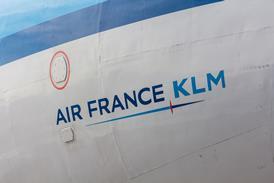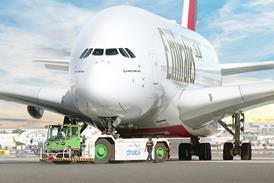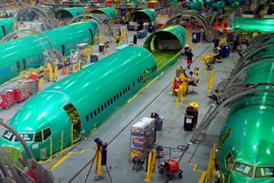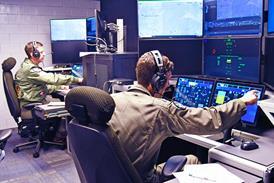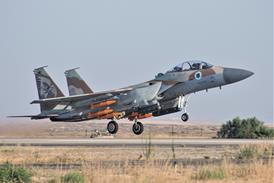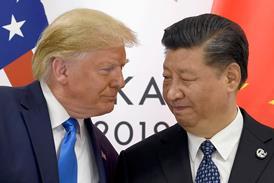The F-35 Joint Strike Fighter made its first afterburner take-off from Lockheed Martin’s Fort Worth, Texas plant on 13 March. “It was an amazingly steep climb-out,” says company spokesman John Kent.
The first F-35, aircraft AA-1, is powered by a Pratt & Whitney F135 turbofan capable of producing more than 40,000lb of thrust with full reheat. The departure was so steep because test pilot Jon Beesley had to stay within the 250kt airspeed limit for the initial climb-out.
AA-1 returned to flight on 5 March after a five-week stand-down to incorporate scheduled software and hardware upgrades. This included updating the software to incorporate performance data collected during the first seven flights since the F-35’s maiden sortie on 15 December.
|
|---|
“Before the first flight we set the control limits very tight, as a precaution, so the systems were very sensitive,” says F-35 programme general manager Dan Crowley. “Now we have set the parameters to the right level.” This should reduce false alarms from sensors in the fuel and other systems, he says.
One software update tackled the air-data sensor mismatch caused by airflow around the large single nosegear door. This was producing slightly different angle-of-attack readings from the left and right air-data probes. “It was just 1-2º, but now it is corrected,” says Crowley. All subsequent F-35s will have two smaller doors.
A borescope inspection of the F135 engine was also conducted while the aircraft was stood down. “It was okay, so we reinstalled it,” says Crowley. Flights with the helmet-mounted display – the primary flight instrument on the F-35, which lacks a head-up display – are expected to begin shortly.
Over its first seven flights, each lasting around an hour, the F-35 reached Mach 0.8, 23,000ft and 16º angle-of-attack. The aircraft is scheduled to fly twice a week to continue expanding the flight envelope as Lockheed assembles the second JSF – the first short take-off and vertical landing F-35B – which is expected to fly in May-June next year.
Crowley says AA-1 behaved impeccably over its first series of flights. “Every time, it returned Code 1, ready to fly again. That is unheard of for a flight-test article,” he says. Test pilot Beesley has said the aircraft has “remarkable flying qualities”.
Source: FlightGlobal.com

